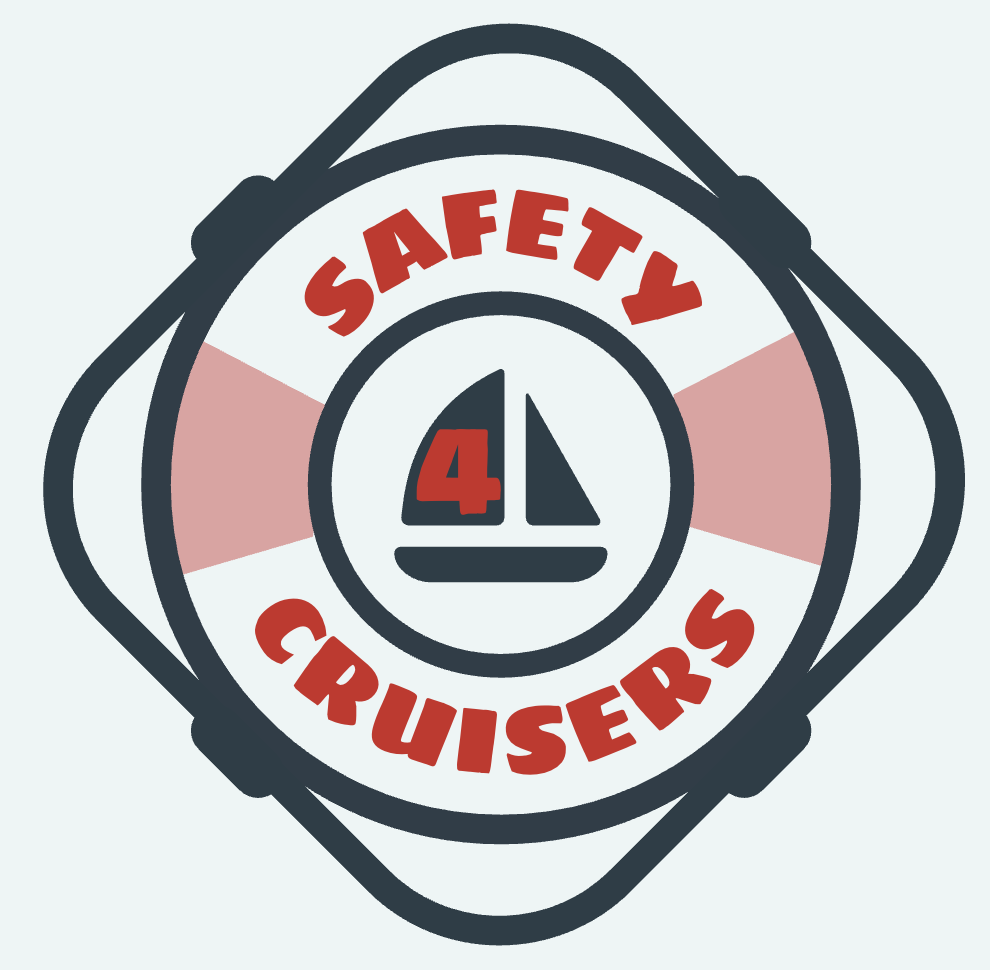Life Jacket Tethers
What kind of attachment style is best?
When looking at tethers, you must first get a PFD. The reason for this is you must know what attachment points you you’ll be working with. For example, if you’ve have a more basic PFD with 2 stainless steel D rings like this Mustang, you would need a tether with a quick(ish) clip system to attach to your PFD like this Spinlock or this Kong. This is because in order to take your PFD off, you’ll need to unclip from one of the D rings, and vica-versa when you put it back on (you must always have your tether secured to both D rings when in use). Conversely, if you have a single point attachment system such as on this Spinlock, you could you either of the tethers above, as well the styles which girth-hitch around the attachment point such as this model, again by Spinlock. Another consideration is whether you have a harness release system like on the Spinlock 6D. If not you may want to consider purchasing a tether with a release that can be operated under load such as the Glowfast HLR. Other companies offer “sudo-load release” options such as Kong above or this one from West Marine. But due to the mechanism’s operating principals, I am hesitant to call them true high load releases as I do not feel they can be operated reliably under pressure. The reason being able to release yourself from your tether is important, is that if you go overboard on the leeward side of the vessel with a tether that can’t be released under load, it is very possible that you will be pulled under and drown. And while cutting away and watching your boat sail off without you is far from ideal, when the alternative is drowning, it may be the best of two evils. If you check out our free resource on outfitting your PFD, you can see how to best prepare yourself and outfit your PFD for this worst case scenario.
How many legs do I need?
After selecting the attachment types, you must decide on dual vs single leg options. Most companies have either a long single leg, or a dual legs with one short and one long. For any serious offshore sailors, a dual leg tether is going to be the best option for the increased versatility, and ability to remained clipped in at all times even when passing anchor points or transitioning from one jackline to another (for more info on jacklines, check out our video on the topic.)
Some companies offer a dual long leg option which is better than one, however I prefer having a shorter option to keep myself closer to to my attachment point or allow myself to brace against the tether.
What clip is best?
The final decision is on what type of clips you want. Really on this there is no right or wrong, and no way to tell without getting hands on with a bunch of different systems. So rather than clicking through this decision, I strongly recommend going to your local chandlery and trying some out!
(Some links above are affiliate links. If you buy through them, we may earn a small commission at no extra cost to you.)
